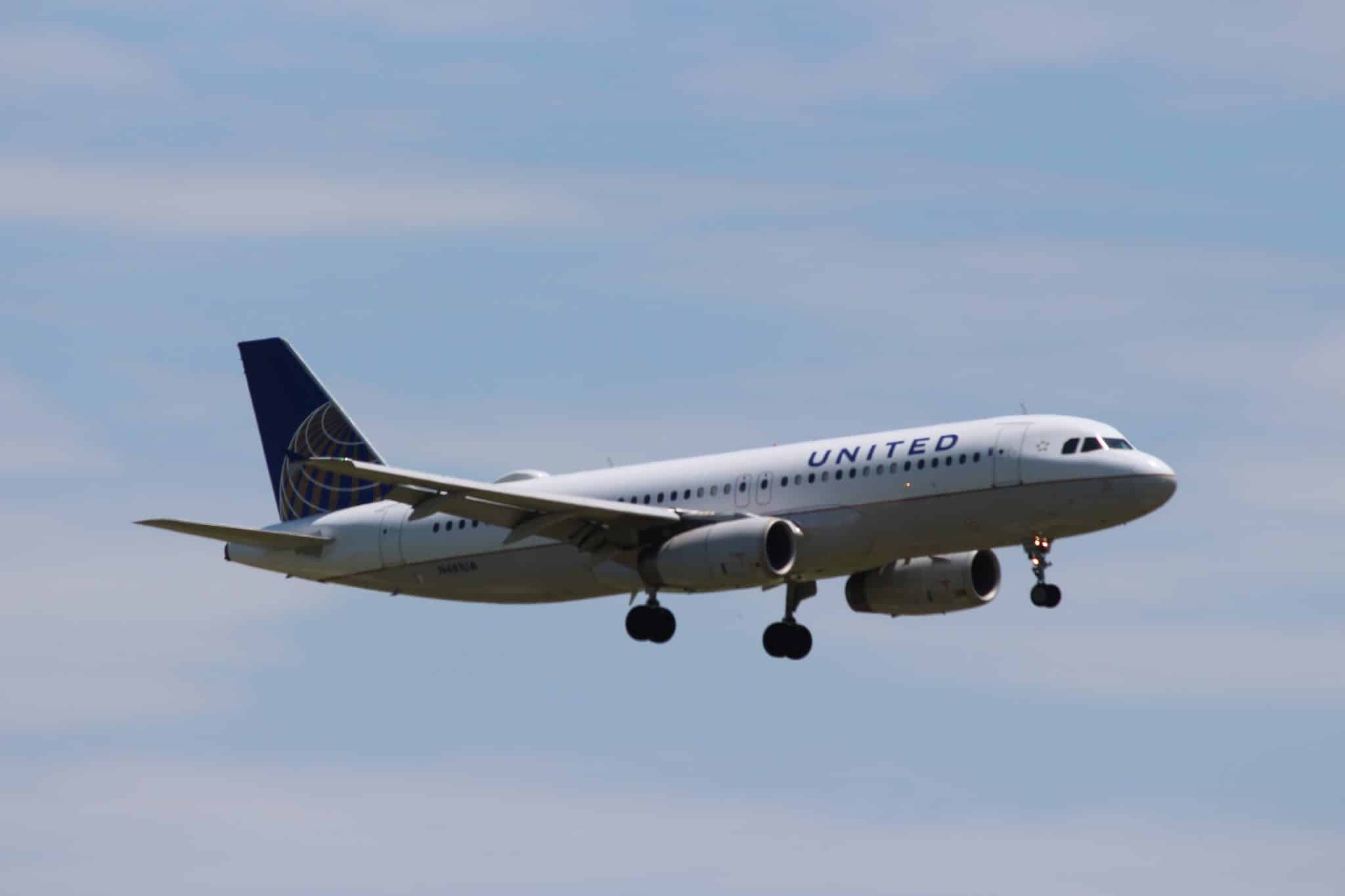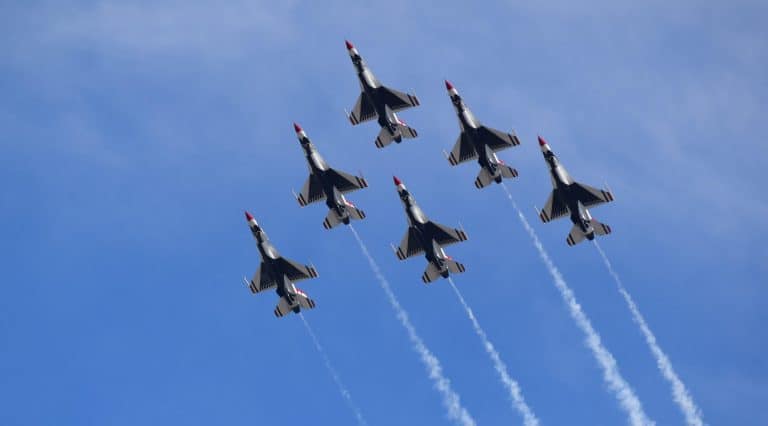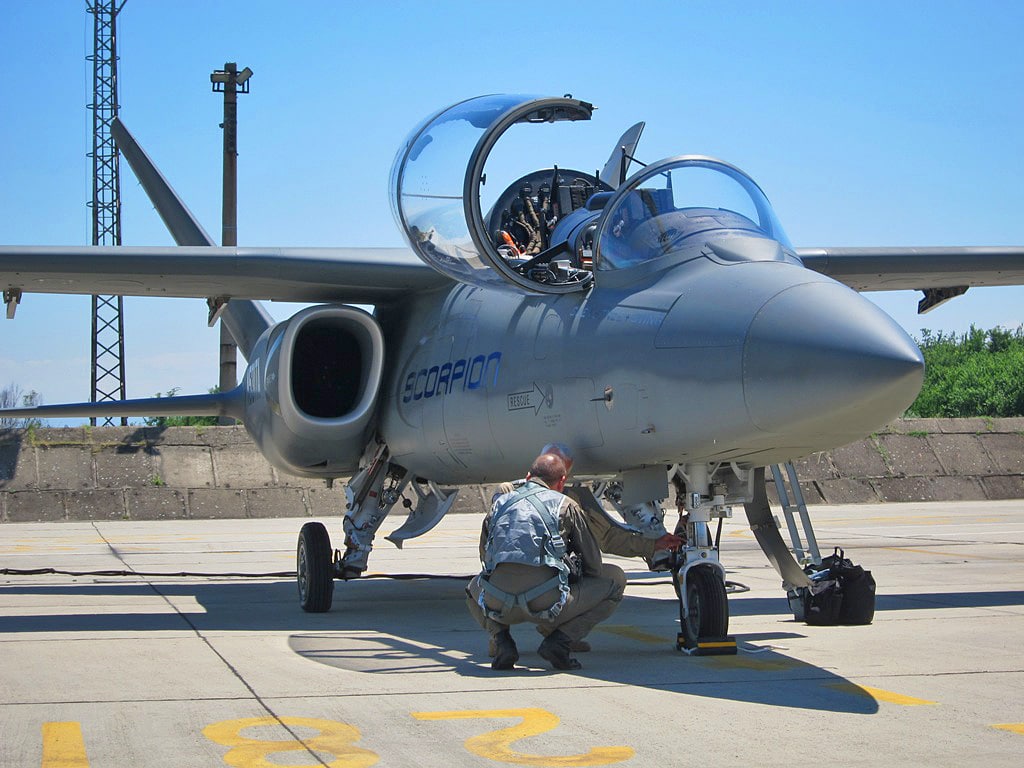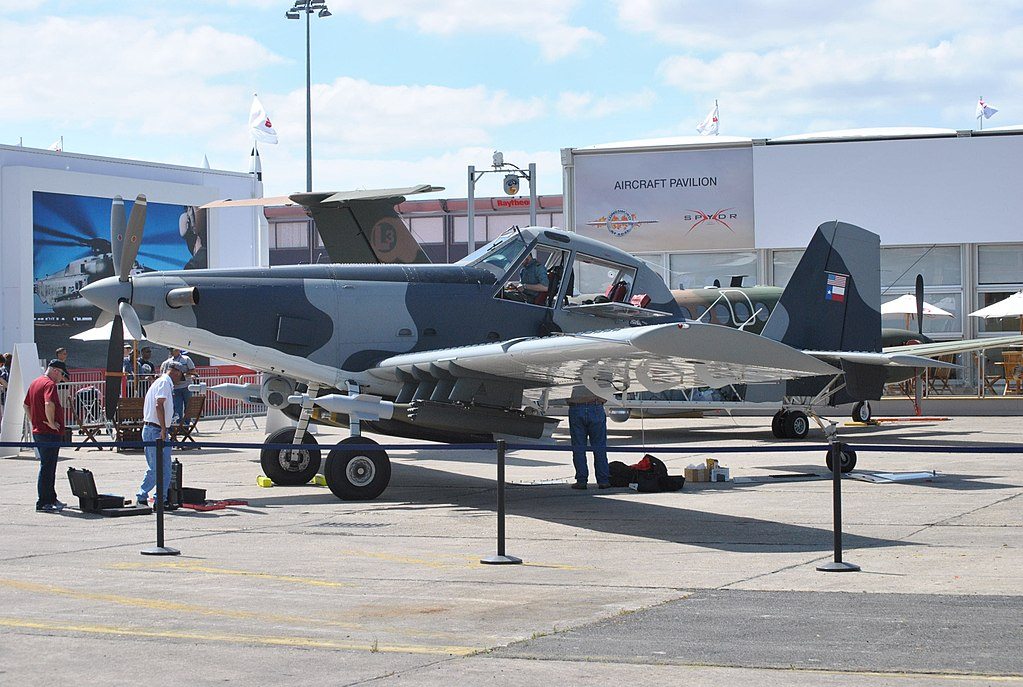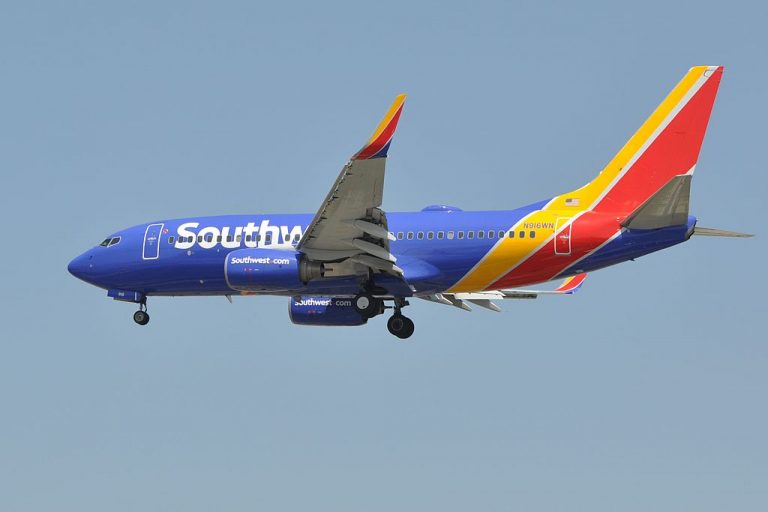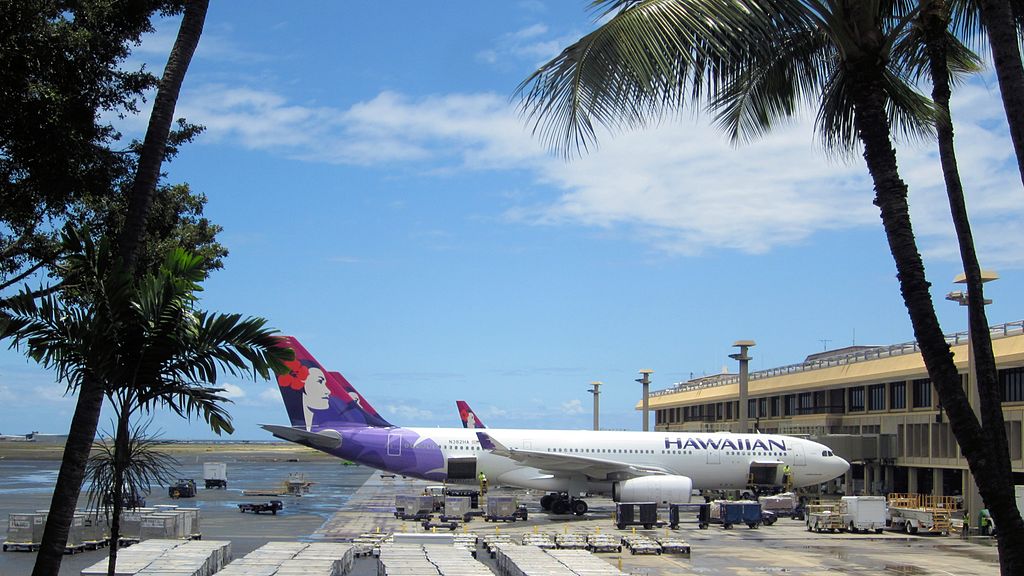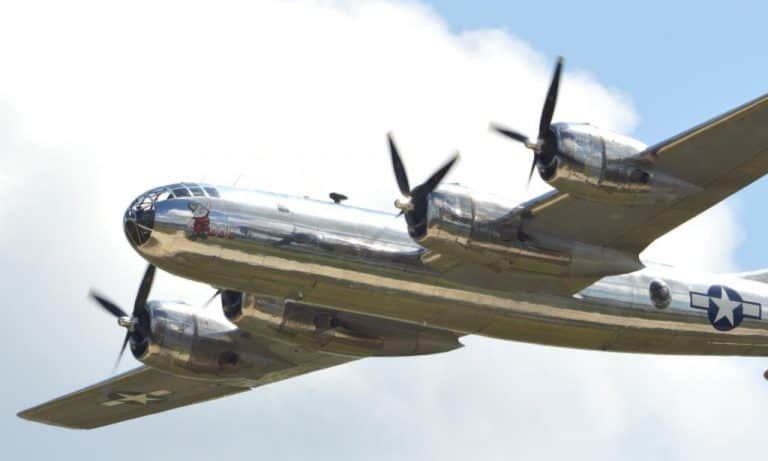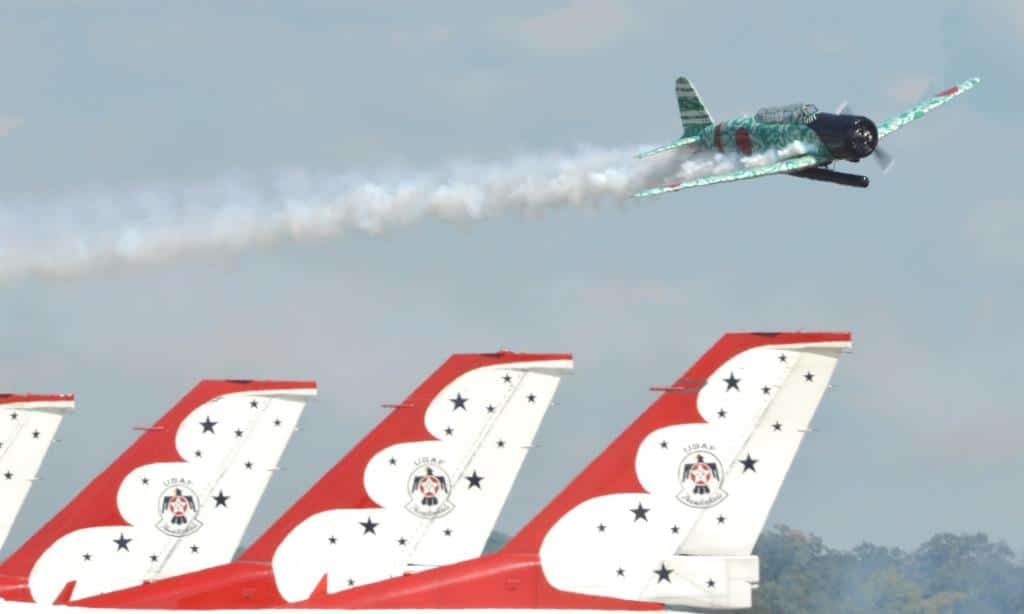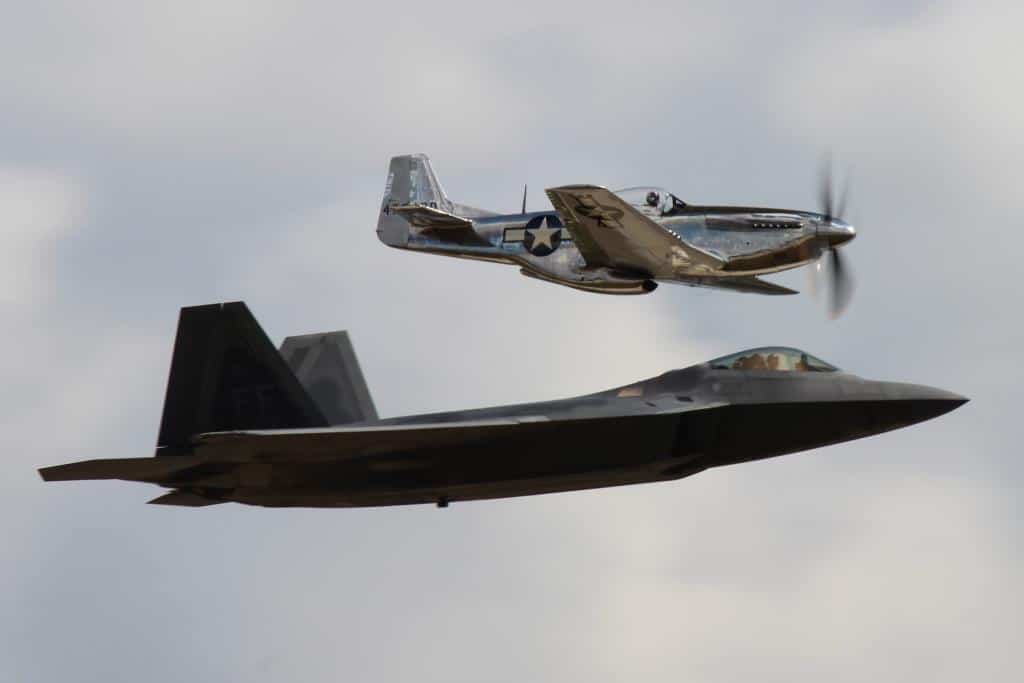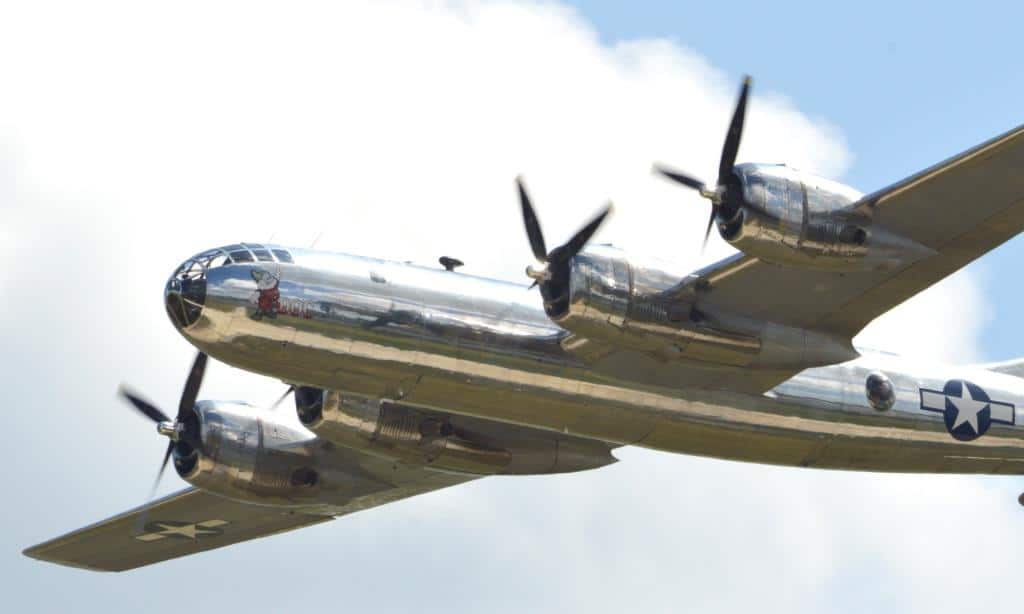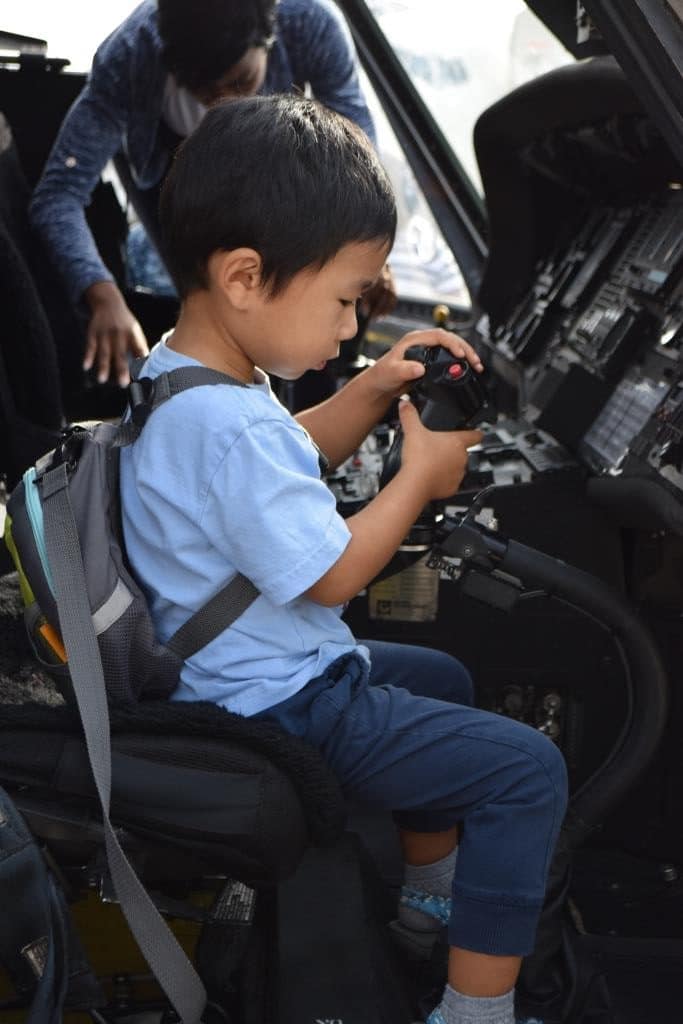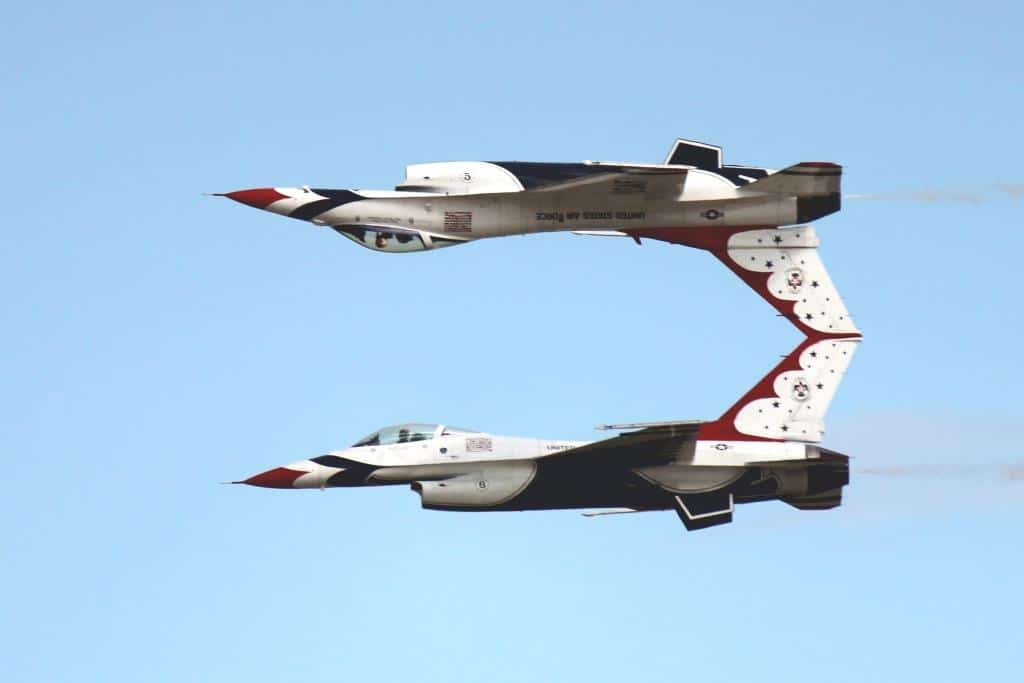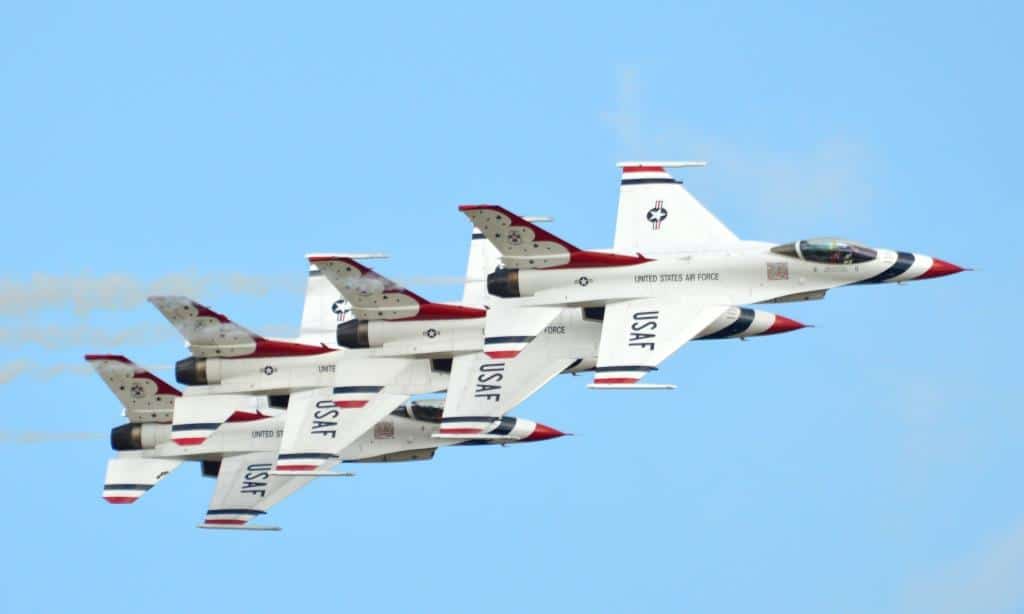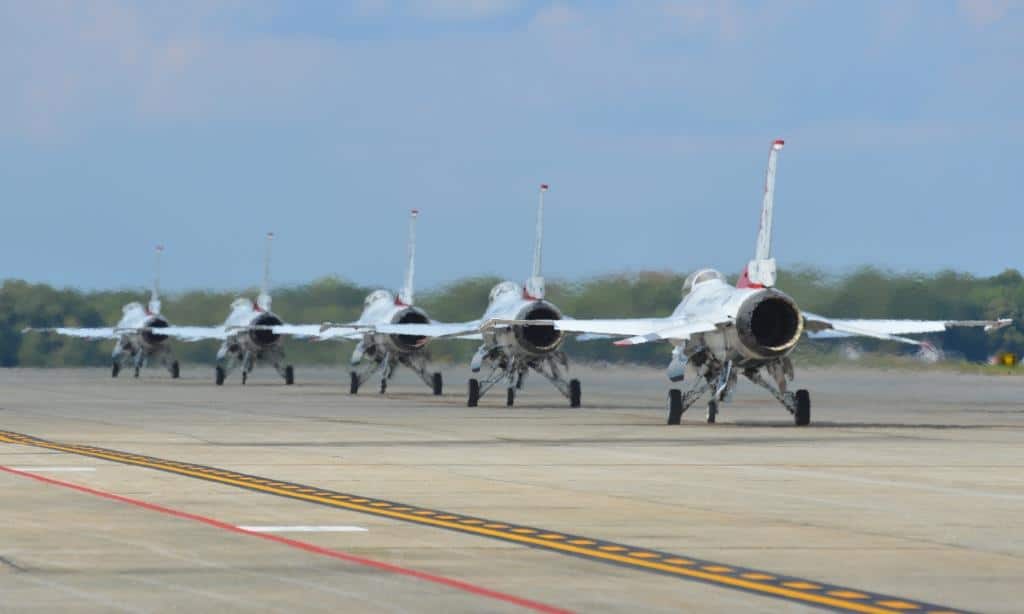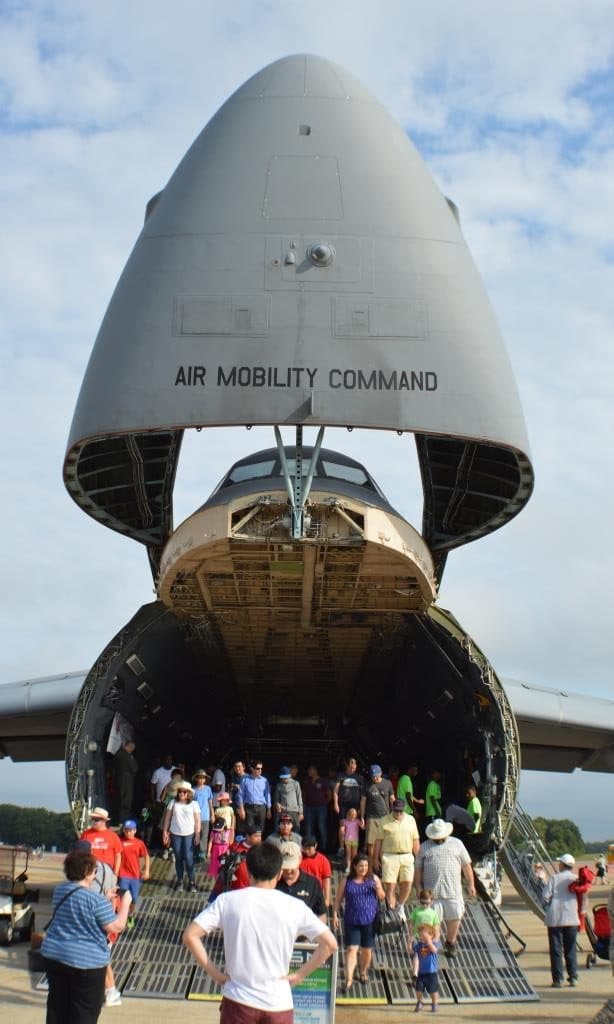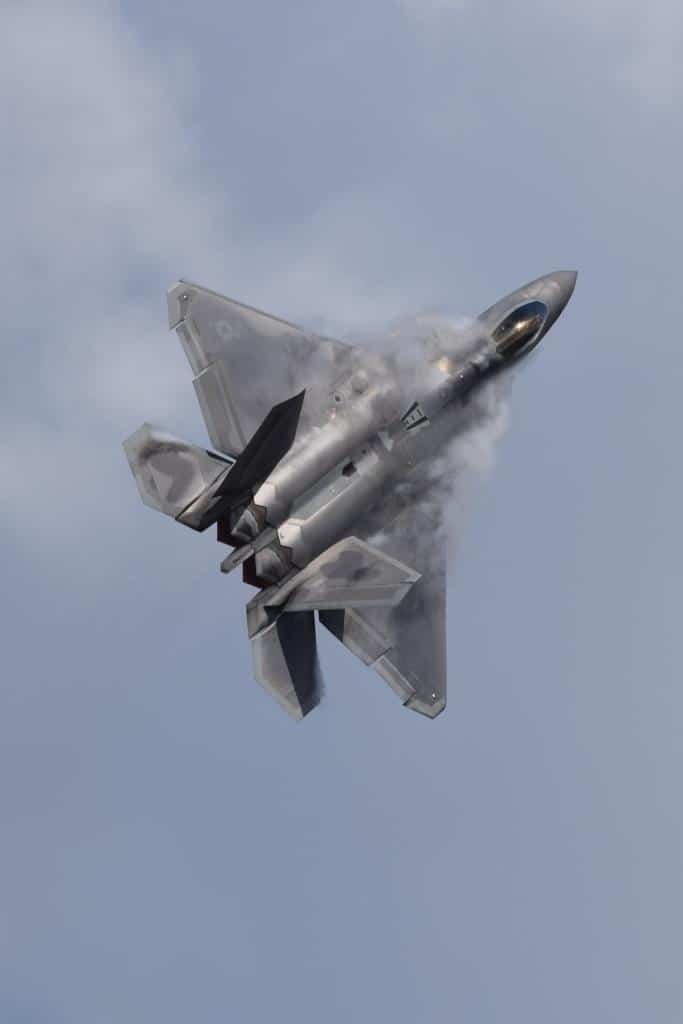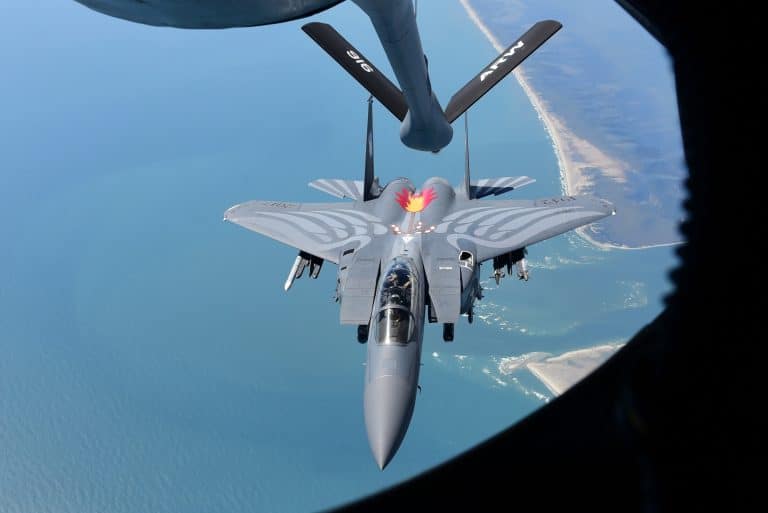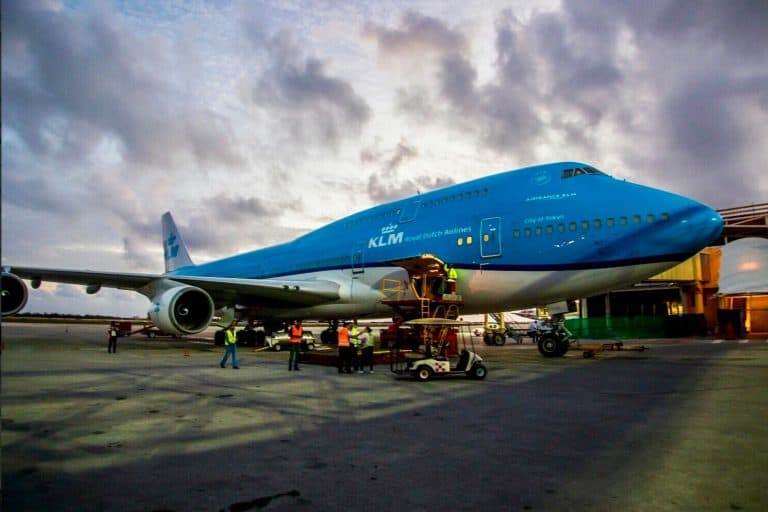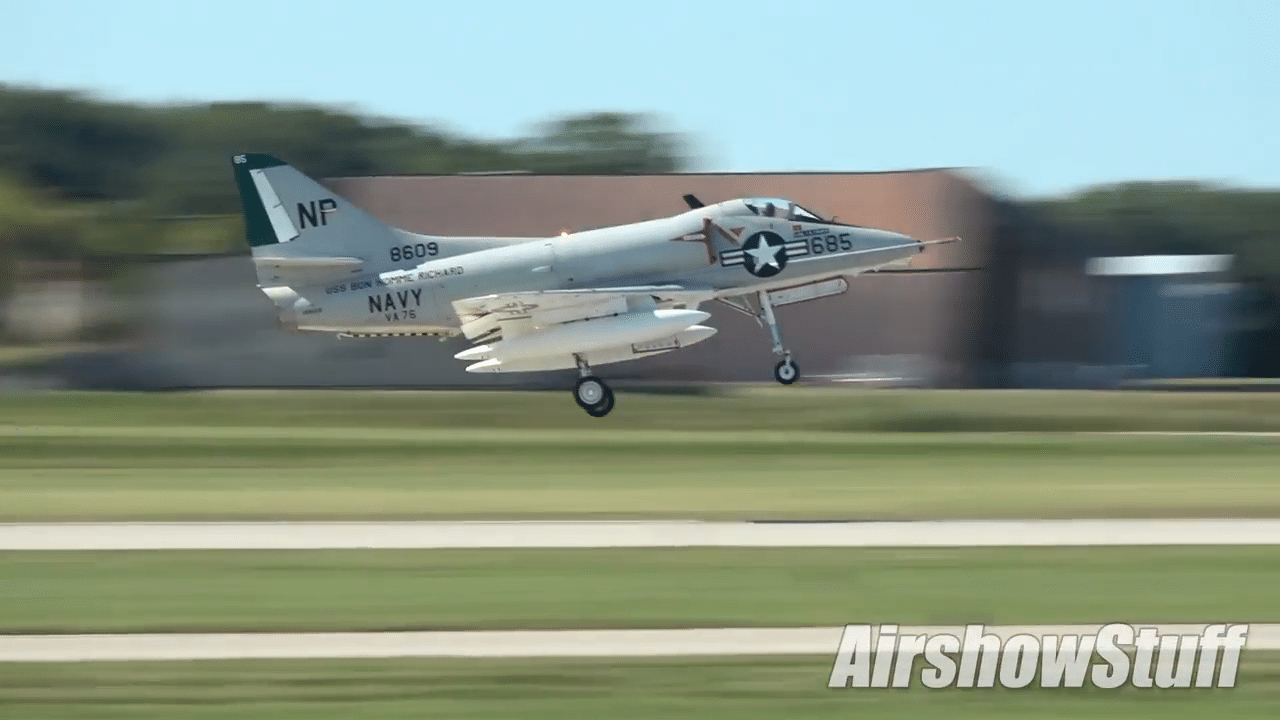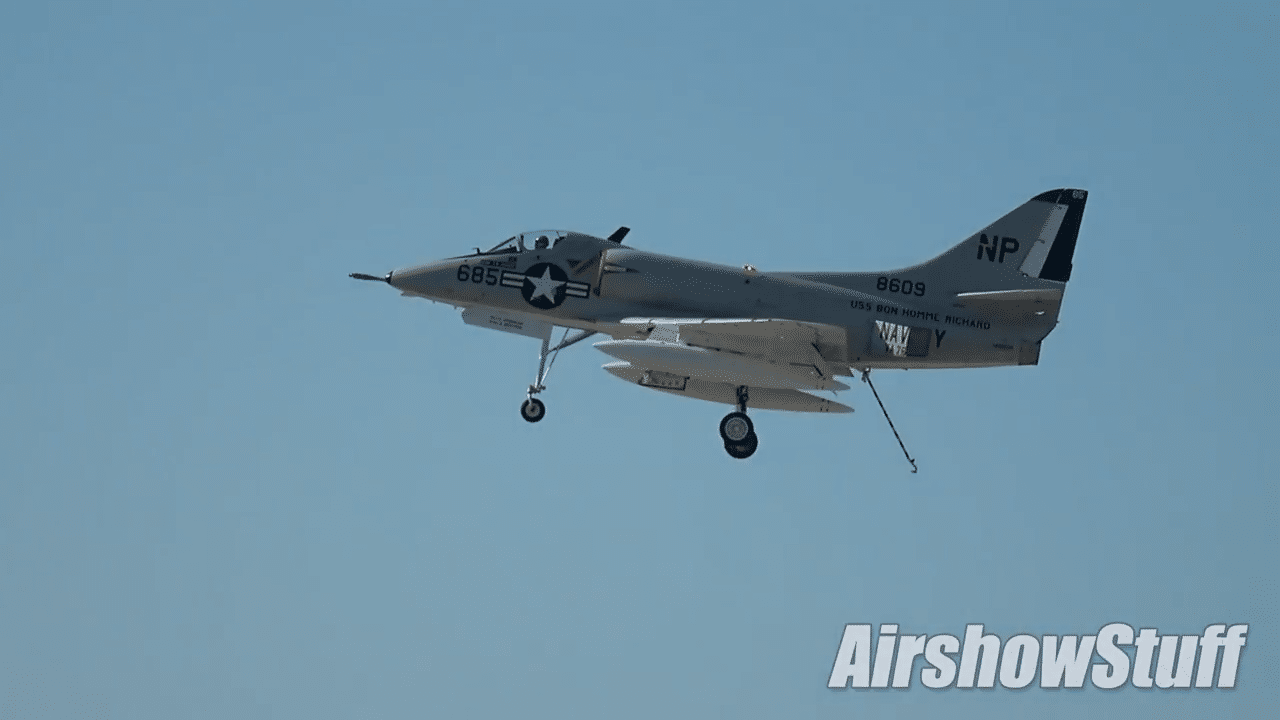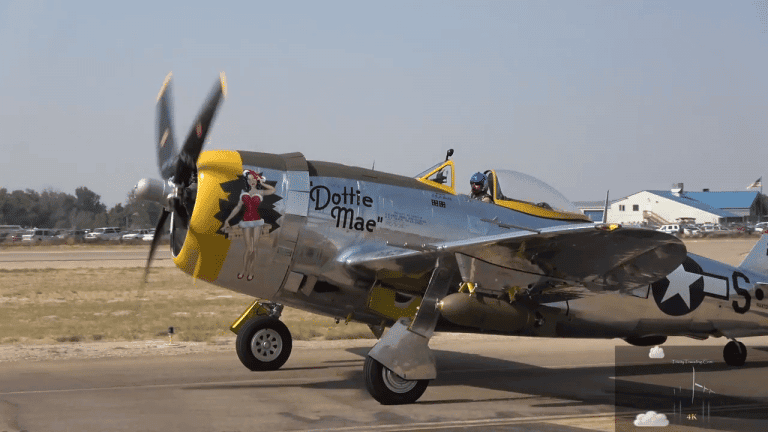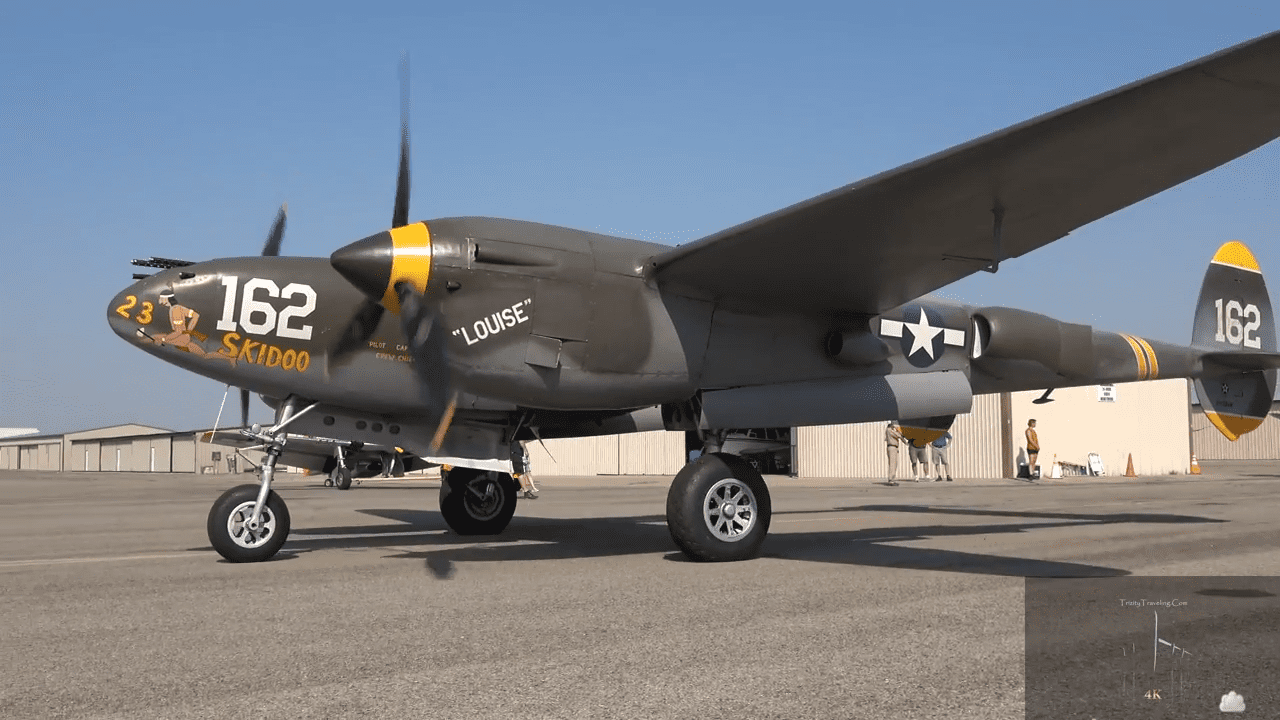There is a battle royale brewing over the future of Air Traffic Control in the US which could affect much of the nation’s air transportation system. While the usual ideologically pro and anti privatization partisans are playing their roles to perfection, there is an array of very well heeled interests on both sides of this legislative food fight. This has scrambled the rich and powerful vs. the little guy narrative which usually attends these sorts of melees.
Some Background on ATCS
You may or may not have been following the story about efforts to corporatize and privatize the FAA’s Air Traffic Control Services (ATCS), so here’s the story so far:
Organized under the DOT, the FAA is divided into several divisions which have responsibility for the nation’s air transportation system. The major divisions in the FAA are responsible separately for airports, aviation safety, space transportation, and air traffic control services. It is this last division, air traffic control services, that has become a political football in recent years.
The idea of privatizing ATCS dates back to 1985 when an airline industry trade group, the Air Transport Association (ATA), published a paper calling for a federal corporation to take control of air traffic control. Since then, the idea has percolated in think tanks and resulted in various legislative efforts, but has never had enough support to pass into law. Interestingly, there have been efforts on both sides of the political aisle for privatization including a 1994 proposal from Vice President Al Gore’s reinventing government initiative.
Fast forward to today and the idea is once again back within striking distance of becoming a reality due to the Trump administration’s desire to reduce costs for businesses while both branches of Congress also belong to Republicans. President Trump held a meeting for airline executives shortly after taking office where he stated support for the idea of ATCS privatization, which has been somewhat of a holy grail for the airlines.
The idea is to spin off the FAA’s ATC services into a not-for-profit corporation which would be funded by user fees (with some carve outs). This corporation would be controlled by a board consisting of stakeholders from across the industry. Over 50 countries around the world including Canada have adopted a similar structure for their air traffic services to date.
The mechanism by which privatization of ATC would occur is the current FAA spending reauthorization bill. Now working its way through Congress, Senate Bill 1405 does not include provisions for privatization while the competing House Bill 2997, called the 21st Century Aviation Innovation, Reform & Reauthorization Act (or AIRR Act.), does include the privatization of ATC.
Funded through September 30, the FAA will need a short term authorization to continue to function without the passage and reconciliation of these two bills. Whether ATC privatization survives the legislative sausage making process is an open question.
As alluded to above, though, some interesting alliances have been formed for both the pro and anti privatization sides, and they aren’t exactly lining up as how you might expect. For starters, there are some very well connected and deep pocketed players on both sides. Shall we have a look?
The Pro Side
The airlines are predictably the most pro-privatization players on the field as they have the most to gain through the legislation. Operating about 27,000 flights daily carrying about 2 million passengers, the airlines see delayed technology rollouts and inefficiencies in the current system as a direct threat to their business model.
As Southwest Airlines founder Herb Kelleher once put it, “In no other industry does a government bureaucracy have direct control over the production line of a multi billion dollar industry.” With about $200 billion in revenue for 2016, US airlines have quite a bit on the line and also the means to advance their cause for a more streamlined ATC system.
An unlikely voice on the pro side is that of the air traffic controllers themselves. The controllers, through their union (NATCA), have come out decidedly in favor of privatization. It is rare that a public employee union would come out in favor of the privatization of their own jobs, but reviewing their materials reveals a rare exercise in realpolitik.
The controllers complain that their livelihoods are a constant political football subject to the political whims of the day concerning FAA funding and disruptions such as sequestration. In their opinion, a not-for-profit air traffic corporation funded by user fees would provide needed stability and growth to their career field.
The Anti Side
Some of the most ardent opponents of the privatization of ATC services are the owners of small privately owned aircraft. Known as “general aviation” (GA) and represented by the Aircraft Owners and Pilots Association (AOPA) this group is fiercely opposed to the scheme, and probably with good reason.
With the FAA and by extension air traffic control services currently funded by excise taxes on fuel, the fear is that a new user fee regime would end up sticking GA pilots with higher operating costs. This may or may not be true, but if you are happy with the current arrangement, you will be skeptical of any changes. It should be noted, though, that the legislation currently under consideration keeps the GA funding method through excise taxes on fuel the same as it currently exists.
One argument used against GA owners is the allegation that they consume ATC services in excess of what they pay into the system and therefore like this arrangement just as it is. The airlines, who pay excise taxes on the gargantuan amount of fuel they consume, would allegedly like a change to a user fee system which would shift away some of their cost burden. The challenge of any ATC reorganization will be to determine the amount of ATC services each group consumes and to then apportion the costs in relation to that consumption; no easy task when each side mistrusts the other.
The last group on the anti side are the owners of private business aircraft or business jets. These people are perhaps the fattest cats in the sky. They have thrown their lot in with general aviation believing that the airlines would have undue influence in a new air traffic control corporation and restrict their operations into major airports where a bizjet carrying two or three passengers can take up as much airspace as an airliner carrying hundreds.
What’s next?
How this fight eventually ends is really anyone’s guess. You might believe that because the Republicans control both the House and Senate that passage would be a slam dunk, but that is apparently not the case. The partisans on both sides of the debate have their champions in Congress and very deep pockets to keep them in the fight.
I’ll admit to being personally agnostic on this issue. From my perspective as an operator and primary consumer of ATC services, there is little doubt that the system could use a boost in efficiency and a more rapid deployment of promised technology. That said, as currently structured, the system does handle an amazing number of aircraft and is staffed by dedicated and competent professionals.
And it should be noted, that even though the ‘holy’ cause of safety may be invoked by either the pro or anti side, I don’t believe any questions of safety are relevant in this debate. Our current aviation system is about as safe as it can be made short of parking airplanes and it is likely to stay that way in any reorganization.


